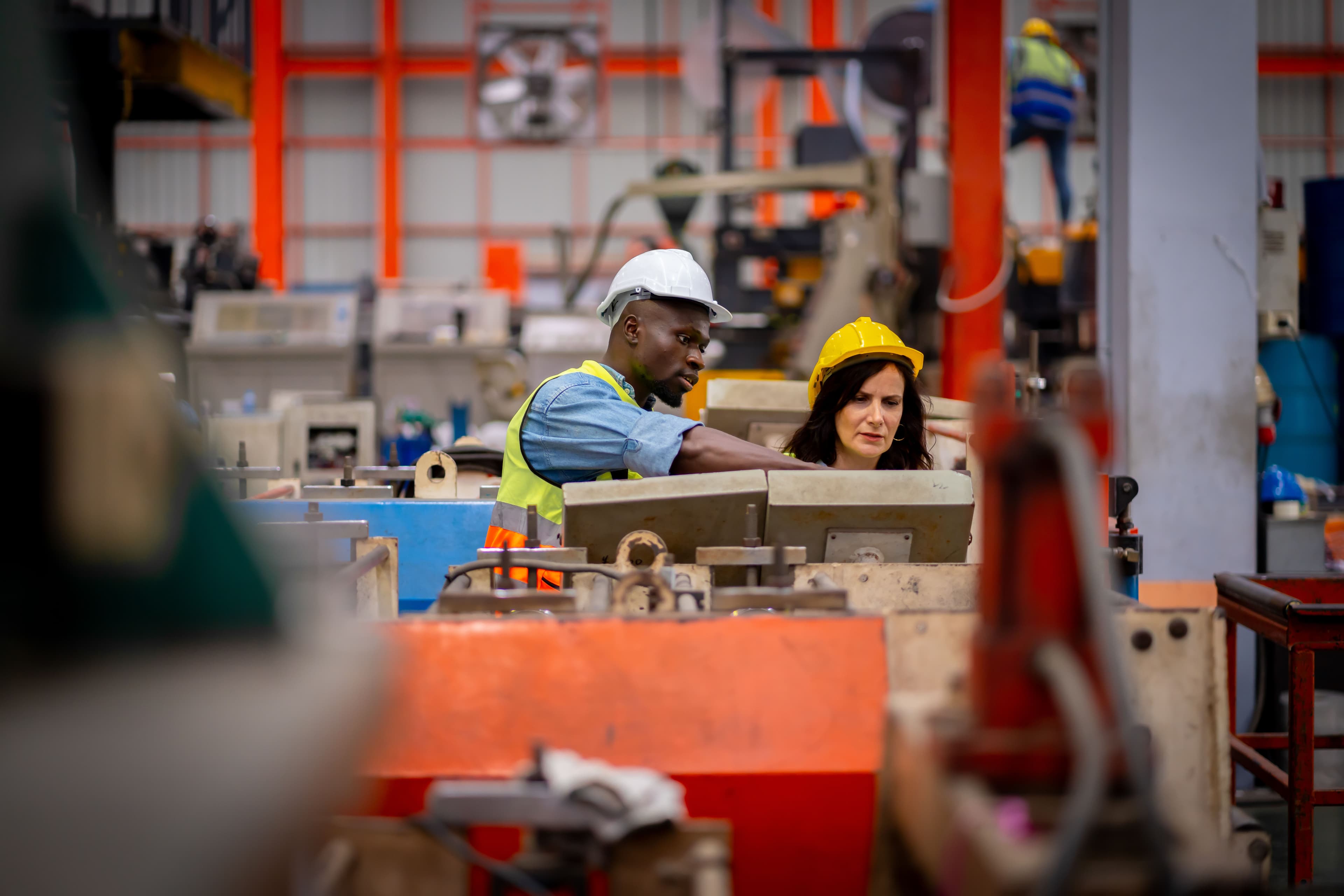LISER’s Climate Mobility Model drives evidence-based policy to tackle climate-driven mobility and poverty in the Greater Caribbean

Turning evidence into policy pathways that shape the future

The LISER Policy Lab, created by the Luxembourg Institute for Socio-Economic Research (LISER), is a pioneering initiative to tackle Luxembourg’s and Europe’s most pressing challenges.
At a time when public policies are becoming increasingly complex and costly, the LISER Policy Lab brings rigorous scientific analysis into decision-making. It provides independent, high-quality insights across areas such as economic development, climate change, public health, digitalisation, housing, education, and social cohesion.
The LISER Policy Lab follows a four-stage cycle to ensure policies remain effective and adaptable:
1. Policy identification – spotting challenges and opportunities early
2. Ex-ante evaluation – testing proposals before they are launched
3. Impact monitoring – measuring effectiveness in real time
4. Ex-post evaluation – learning from results to refine future action
Built on impartiality, transparency, and collaboration, the Lab positions Luxembourg as a leader in evidence-based governance.
The LISER Policy Lab supports policy design, monitoring, and evaluation across multiple domains, aligning priorities with the needs of citizens, communities, and businesses.
Every policy choice involves timing, targeting, and trade-offs. The LISER Policy Lab equips policymakers with the analytical tools needed to activate the right levers — at the right moment, in the right place, and in the right way.
News
Browse all newsStrengthening global labour economics research and policy engagement | The Luxembourg Institute of Socio-Economic Research (LISER) is proud to announce that the IZA Network, one of the world’s foremost communities in labour economics, will join LISER as its new institutional home starting January 1, 2026.
LISER took an important step forward in its mission to deliver research with tangible impact by officially launching the LISER Policy Lab. The event gathered policymakers, researchers, and stakeholders to explore how robust data and scientific evidence can shape more effective and inclusive public policies in Luxembourg, Europe, and beyond.
Upcoming events
Stay at the forefront of innovation by attending our upcoming events, where industry expertise and professional connections converge.
















